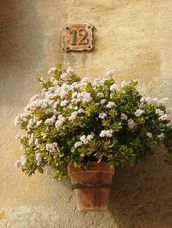 A white flowering sedum A white flowering sedum Whether you're Voyaging through Tuscany, Lazio, Campania, Puglia or Sicily, you will inevitably come across the most beautiful floral displays in hanging wall pot gardens. The kaleidoscope of colors is often dizzying, and the collection of interestingly shaped terracotta pots along with the texture of old stone walls only add interest. Although many plants are hung in more common hanging baskets from metal arm brackets or on balconies, the unusual thing for Americans to see is pots hanging directly on the walls of houses. And it's not just one pot but often dozens creating texture and color on the side of a home. It's easy to get this look in your home garden, if you use the right brackets and choose plants carefully. 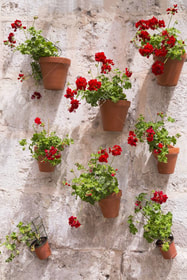 Geraniums are one of the more common plants you will see on walls and balconies in Italy. They continue to bloom until frost arrives. In southern Italy, the plant continues to thrive and bloom year-round. Able to grow in most soil types, geraniums have few problems and will give even more blooms by picking off spent blooms and keeping the plant fertilized, so don't plant them too high. 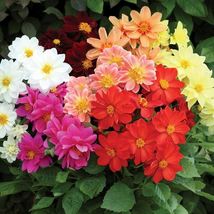 Dahlias grow from tubers that must be dug up and stored during very cold winters. They come in a kaleidoscope of colors with the shorter varieties doing very well in pots (they love well drained soil). Just don't let them dry out repeatedly and remember to regularly fertilize during the growing season. 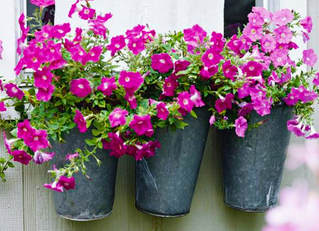 Petunias grow very well in hanging pots, especially the trailing types. They will need water every day, lots of fertilizer and benefit (like most annual flowering plants) from pinching off the dead blooms (which prevents them from going to seed, which takes energy from the flowering process). And don't forget to plant some Calibrachoa, which look like small petunias but are a different genus. Like petunias, they come in a wide range of colors. 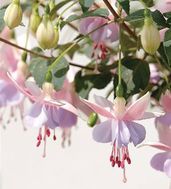 Fuchsia is a wonderfully varied flower to grow in wall pots, its bell shaped pods dangling and opening to reveal a very complex flower shape. They come in many different types... from pastels to powerful blues and reds, some ruffly and others like delicate butterflies. And if you want to attract hummingbirds, this is the flower to grow. If you cook with herbs (as any good Italian does), planting some of your favorite herbs in your hanging wall garden is a great option. Many herbs require good drainage and soil that's not too high in nutrients, like sage, thyme, or oregano. The wall is a perfect environment, in fact, many herbs in Italy grow naturally in cracks in craggy walls. Since mint is usually a runner, often turning into a garden weed, growing it up on your wall is a great way to control its rambunctiousness. For things like basil or parsley, which need more nitrogen (for leaf growth) and water, plant them in a richer, water retaining soil. You can even add some Soil Moist water retention crystals to your soil mix. Plant these pots lower down so you can easily snip what you need before preparing dinner. Growing Tips
If you don't have a sunny wall or expensive terracotta or ceramic wall pots, be creative --use a fence or put your plants in other things that can make a fun plant container. Here are some hanging pots, brackets and other things to get you started. Click on each photo to see them on Amazon. --GVI
1 Comment
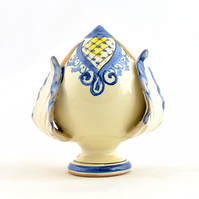 When Voyaging throughout Puglia, you might start seeing colorful ceramic flower buds or pine cones displayed on balconies, lined up on staircases or in gardens. You will see them for sale in gift shops and ceramic shops in most towns you visit. But what are they? Do they have a spiritual meaning? 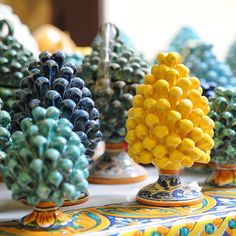 They are called Pumi di Grottaglie, primarily made in the town of Grottaglie (a hub of ceramic production). They represent flower buds (or rose hips) with their pointed bud-shaped design with acanthus leaves surrounding the base. The form can also look more like pine cones, with many points surrounding its form. Pumi are made in all sorts of colorful glazes--even metallic gold. Others will be painted in complex floral designs popular in Mezzogiorno (the South). Still others can be decorated with a lacework of holes, to be used as candle holders, lamps or incense burners. 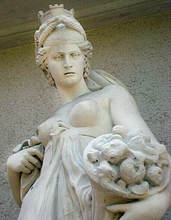 The term pumo comes from the Latin pomum (fruit) and is said to have its roots in honoring the pagan goddess Pomona, deity of fruit, olives and grapes. In some areas of Puglia these ceramics are called Pumo de fiure (flower bud). They represent life about to burst open and flourish--symbols of abundance of the land and of birth itself, but also of prosperity, chastity, immortality and resurrection. In common use, they are put on balconies and into homes to ward off evil and Il Malocchio, or the evil eye. If you're ever in Puglia, bring a Pumo back to keep your home safe. With the multitude of colors and styles to choose from, you will certainly find one (or several) to compliment your decor. In the least, bring home a pair to attach to your own balcony or front steps to keep away the evil spirits... --GVI A ceramic artisan showing how a pulo is thrown on the pottery wheel. A wonderful short film called Il Pumo, in which a young displaced Pugliese
decides to return to the land of his forefathers after being inspired by the story and his purchase of a Pumo. |
On Amazon:
|

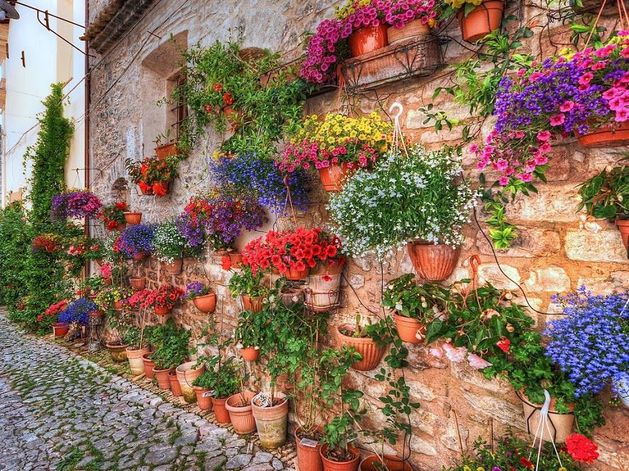
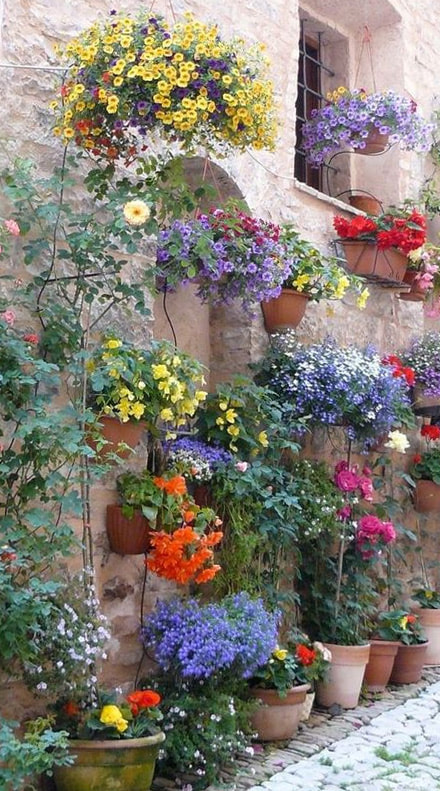
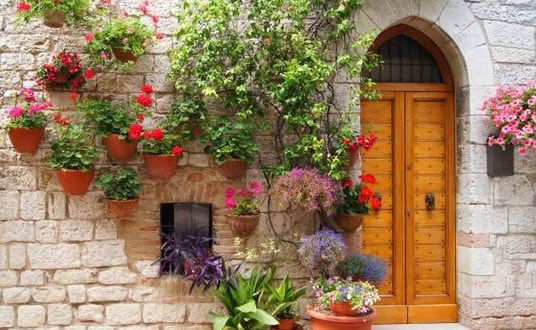
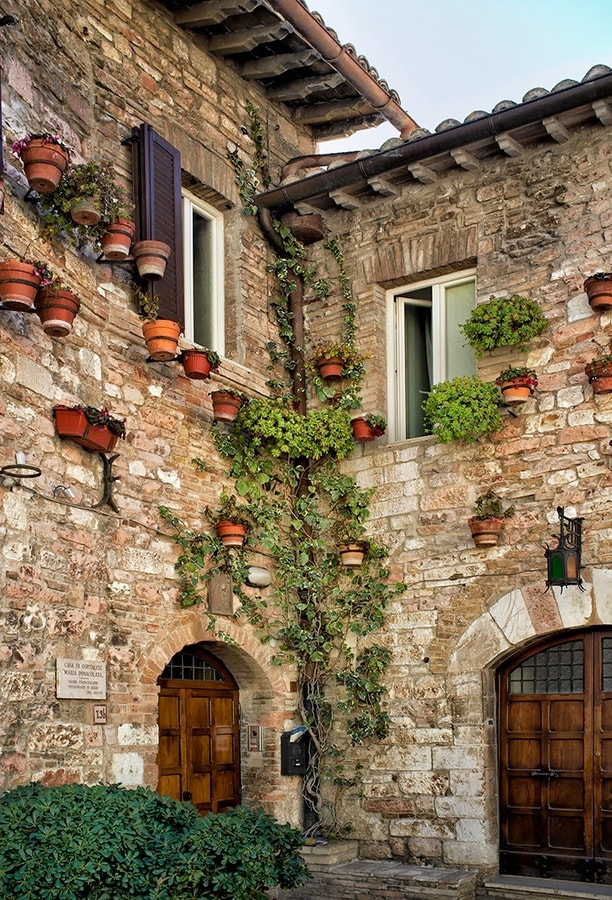
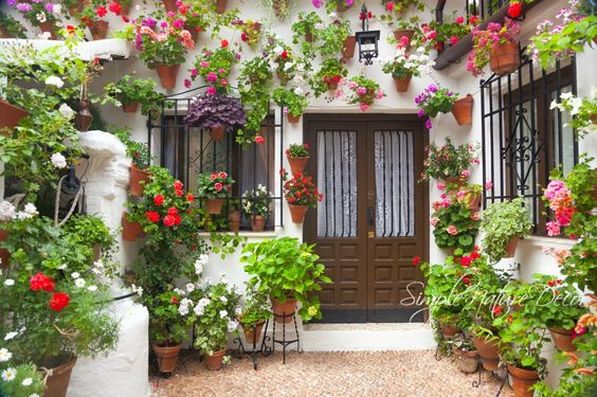

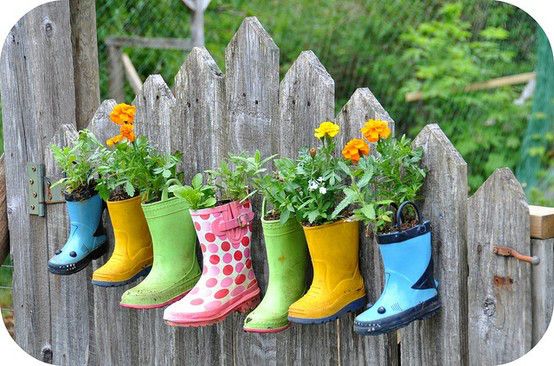
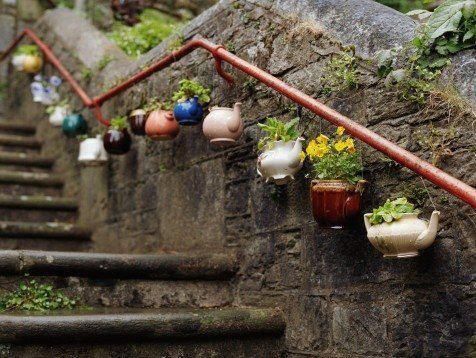
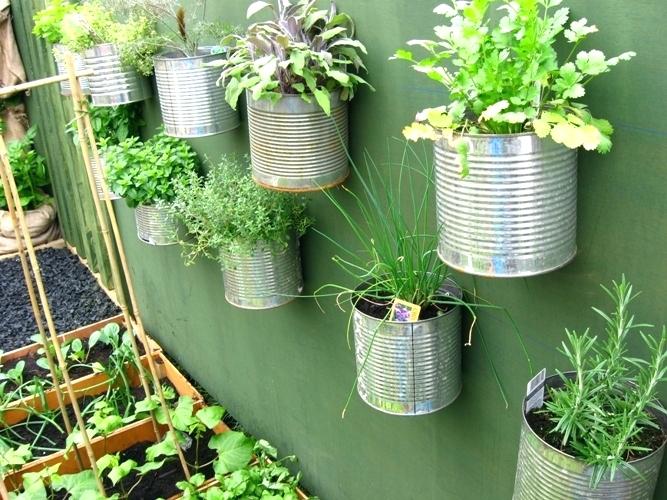
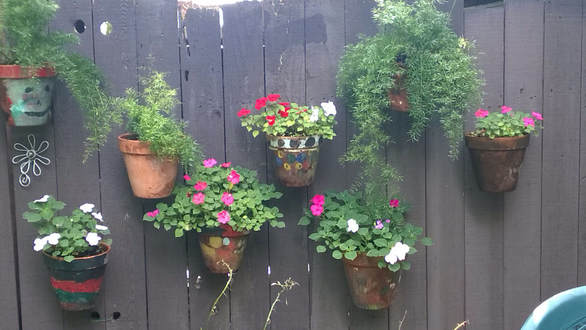
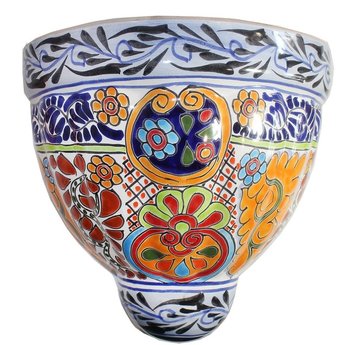
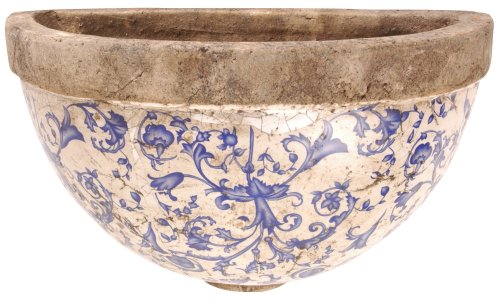
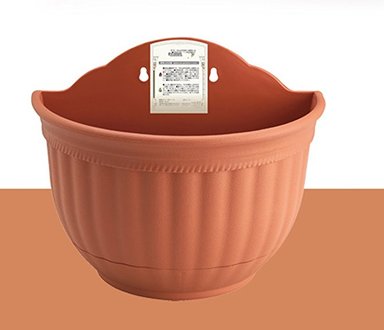
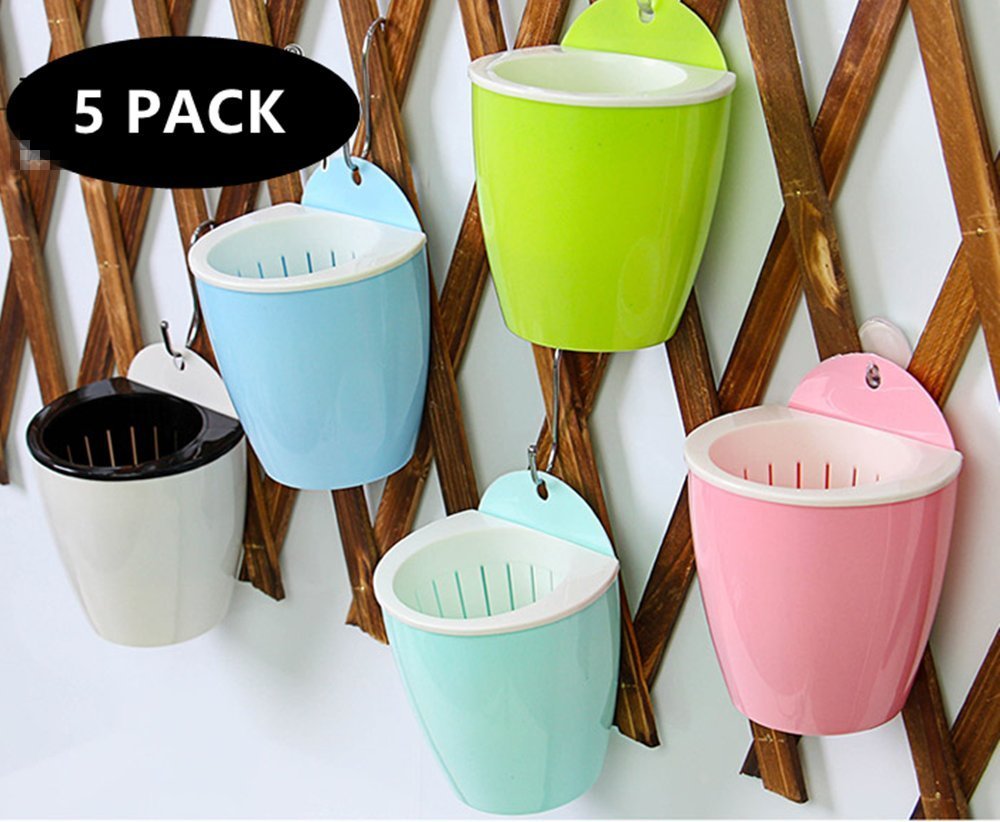
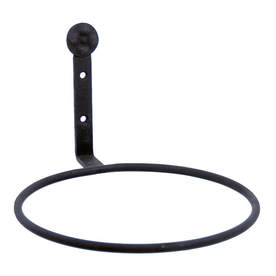
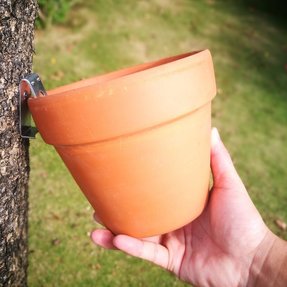
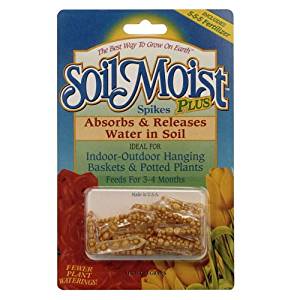
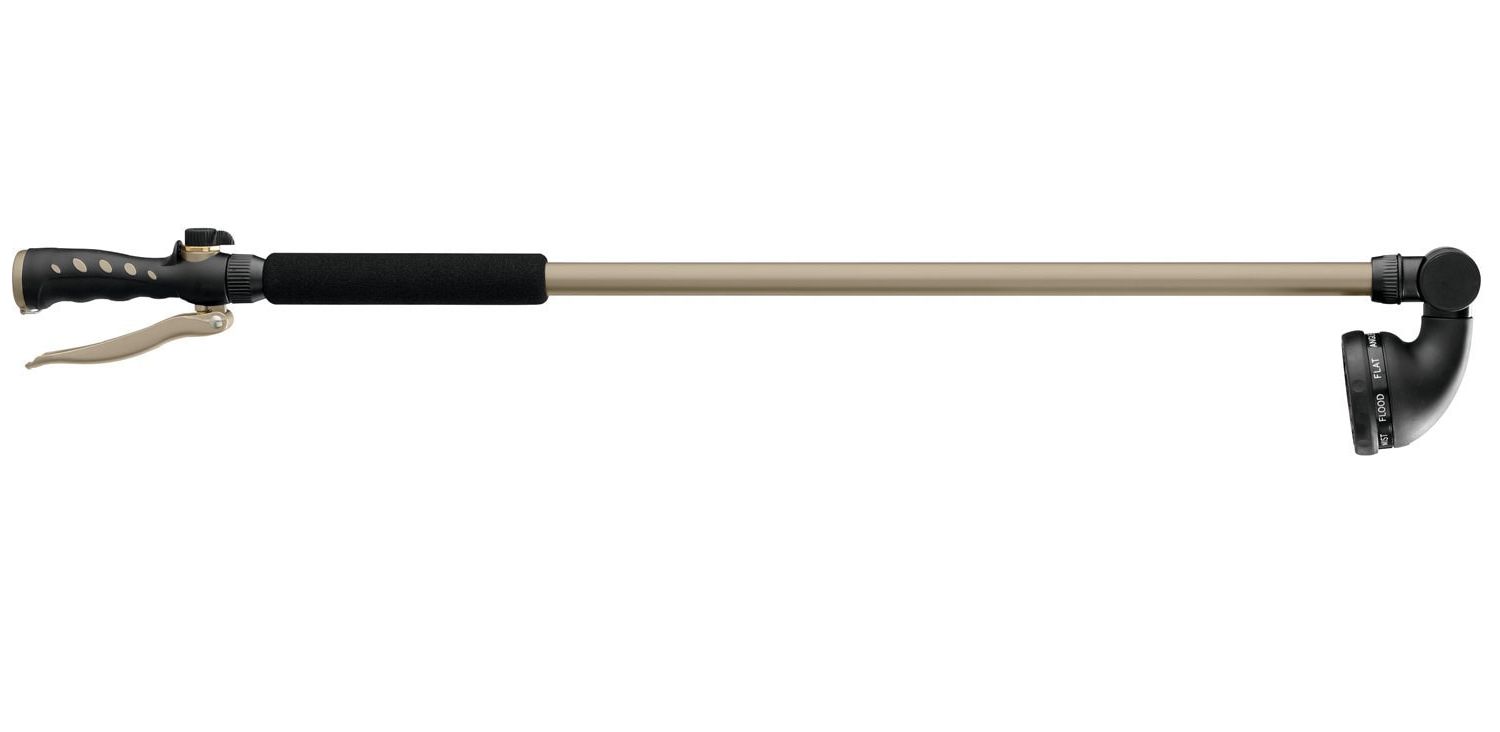

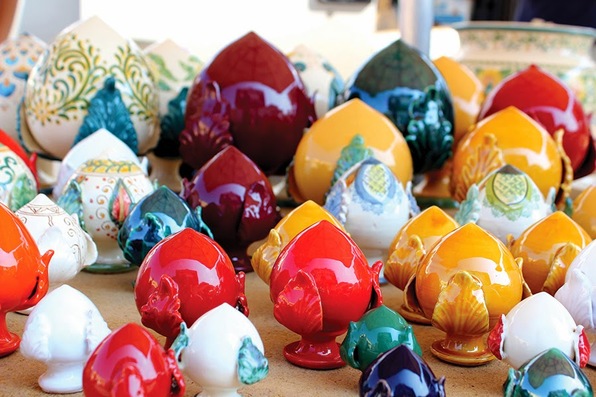
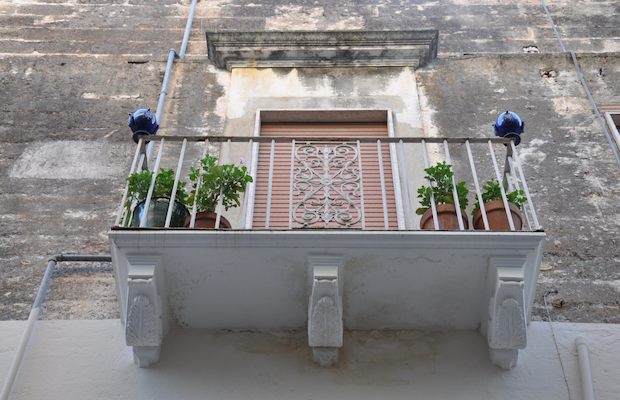
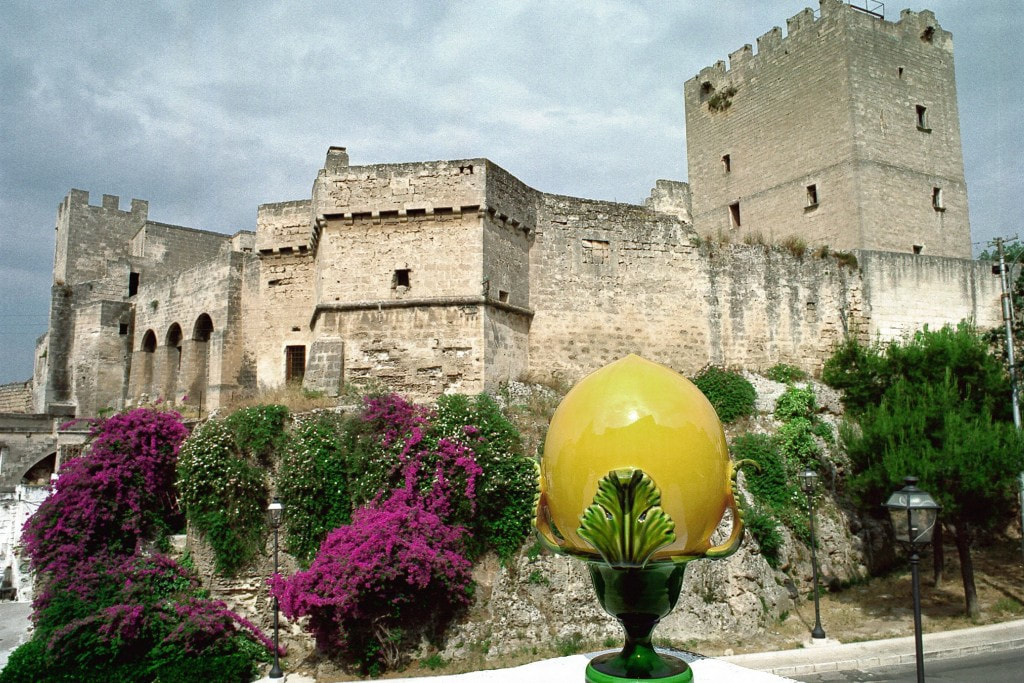
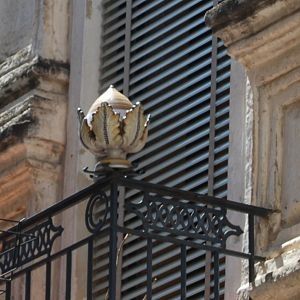
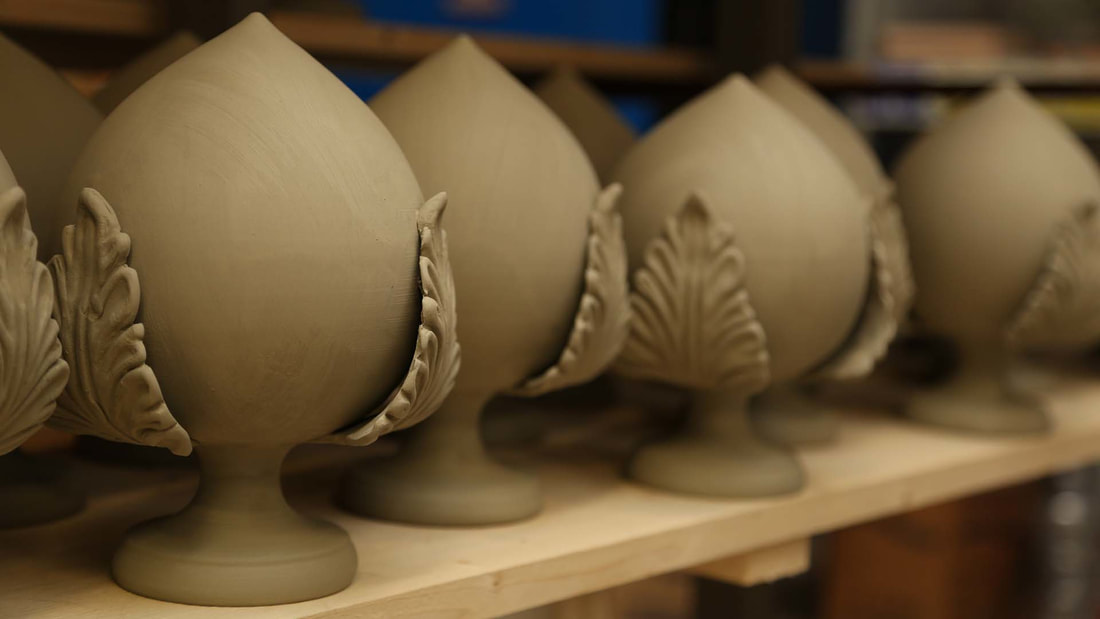
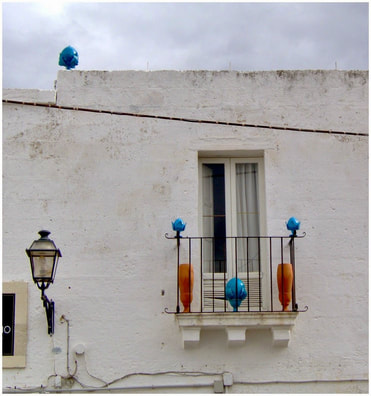
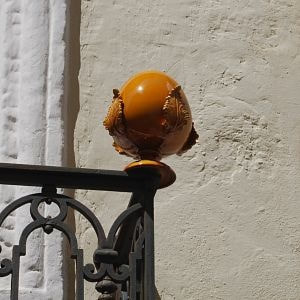
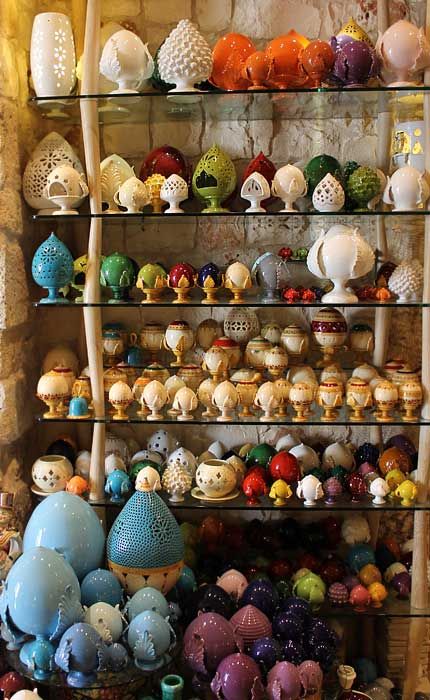
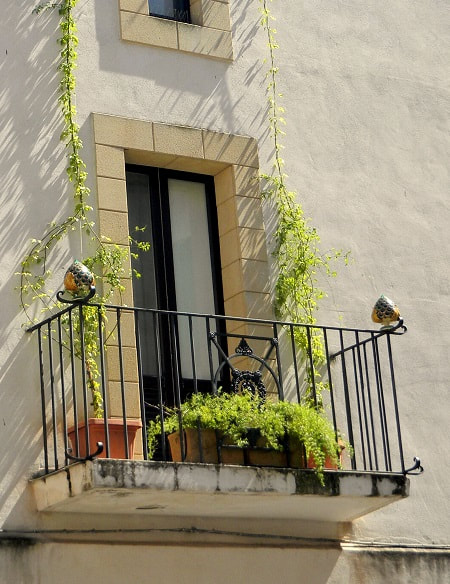
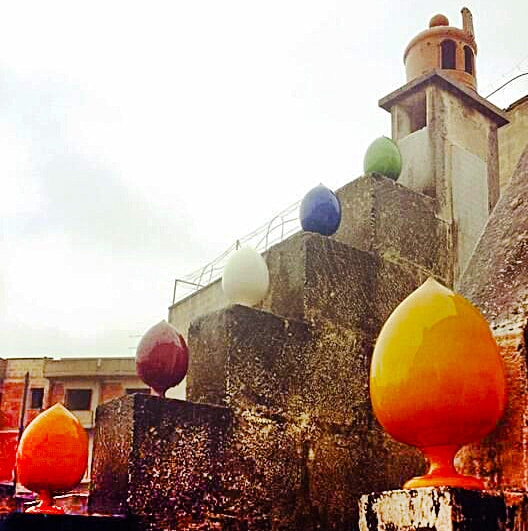



 RSS Feed
RSS Feed
